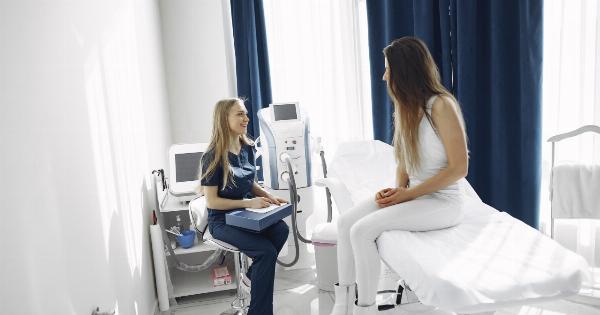Many individuals spend a significant portion of their day sitting at a desk, either for work or study purposes.
Prolonged sitting can lead to various health issues and discomfort, making comfortable seating an essential factor to consider for those spending long hours at a desk. In recent years, the science of ergonomic seating has gained prominence, focusing on understanding how the design and features of office chairs impact productivity and well-being.
The Relationship Between Seating and Productivity
Productivity plays a crucial role in the workplace, and comfortable seating can significantly affect an individual’s ability to concentrate and perform tasks efficiently.
Several studies have demonstrated the link between ergonomic seating and increased productivity.
When sitting in an uncomfortable chair, distractions caused by discomfort can hinder concentration and focus. Discomfort can arise from inadequate lumbar support, poorly cushioned seats, or restricted movement.
Ergonomically designed seats address these issues, providing support to the lower back, offering adjustable features, and allowing for greater flexibility and movement.
Improved blood circulation is another key factor contributing to increased productivity.
Chairs that promote proper posture, such as those with adjustable seat heights and backrests, help maintain healthy blood flow throughout the body, ensuring optimal oxygen supply to the brain. This, in turn, enhances cognitive function, attentiveness, and overall productivity.
The Impact of Ergonomic Factors
Ergonomic factors play a vital role in designing comfortable seating for long work hours. Understanding these factors can help individuals select the most suitable office chair for their needs.
1. Lumbar Support
Lumbar support is crucial for maintaining the natural curvature of the spine while seated. Insufficient support can lead to lower back pain and poor posture.
Look for chairs with adjustable lumbar support and consider those with built-in mechanisms that adapt to the user’s unique spinal contours.
2. Seat Depth and Width
Proper seat depth and width allow individuals to sit comfortably without any pressure points. The seat should be deep enough to support the full length of the thighs and wide enough to accommodate the user’s hips comfortably.
An adjustable seat pan can help achieve the ideal fit for different body types.
3. Adjustability
Adjustability is a key feature in ergonomic chairs as it allows users to customize the chair according to their needs and preferences.
Look for chairs with adjustable features such as seat height, armrest height and width, backrest angle, and tilt tension. These adjustments ensure proper alignment and promote a healthy sitting posture.
4. Material and Padding
The material and padding of the seat and backrest significantly contribute to overall comfort. High-quality foam padding, breathable fabrics, and materials that allow for airflow can prevent sweating and discomfort caused by prolonged sitting.
Additionally, chairs with contoured or molded seats provide improved support and weight distribution.
5. Armrests
Armrests are an important consideration to reduce strain on the neck, shoulders, and upper back. Chairs with adjustable armrests can cater to people with different arm lengths and provide proper support during typing or other desk-related activities.
6. Ergonomic Design
Opt for chairs that are specifically designed with ergonomic principles in mind.
Look for features like a waterfall edge on the seat to reduce pressure on the thighs, a backrest that follows the natural curvature of the spine, and a stable five-point base with smooth-rolling casters.
7. Movement and Recline
Encouraging movement throughout the day is crucial to prevent sedentary habits and promote overall well-being. Chairs with a recline function and a swivel base allow users to change positions, shift their weight, and stretch their muscles while working.
Dynamic seating options, such as kneeling chairs or balance stools, can provide further opportunities for movement and engagement of core muscles.
8. Stability and Durability
A stable and durable chair is essential for long-term use. Look for chairs made of high-quality materials, sturdy construction, and a weight capacity appropriate for the user.
Chairs with a warranty provide an added level of confidence in their durability.
9. Height Adjustability
Proper seat height is crucial for maintaining a comfortable and ergonomic sitting position. Chairs with height-adjustable options allow users to align their feet flat on the floor, ensuring proper leg circulation and reducing strain on the lower back.
10. Research and Reviews
Before purchasing an office chair, it is important to conduct thorough research and read reviews. Learn about the experiences of others who have used the chair and consider their feedback regarding comfort, durability, and ergonomic features.
This will help in making an informed decision and selecting the most suitable chair for long work hours.
Conclusion
Spending long hours sitting at a desk can take a toll on physical and mental well-being, but with the science of comfortable seating, individuals can mitigate the negative impact on their health.
Ergonomic factors, such as lumbar support, adjustability, and proper seat dimensions, play a crucial role in designing chairs that promote productivity, concentration, and overall comfort. By considering these factors and investing in a well-designed office chair, individuals can create a conducive work environment that supports their health, well-being, and long-term success.


























